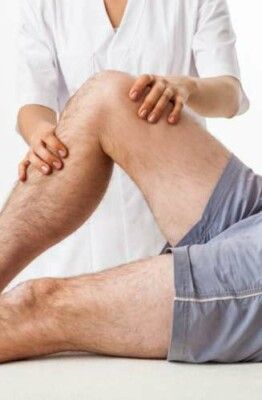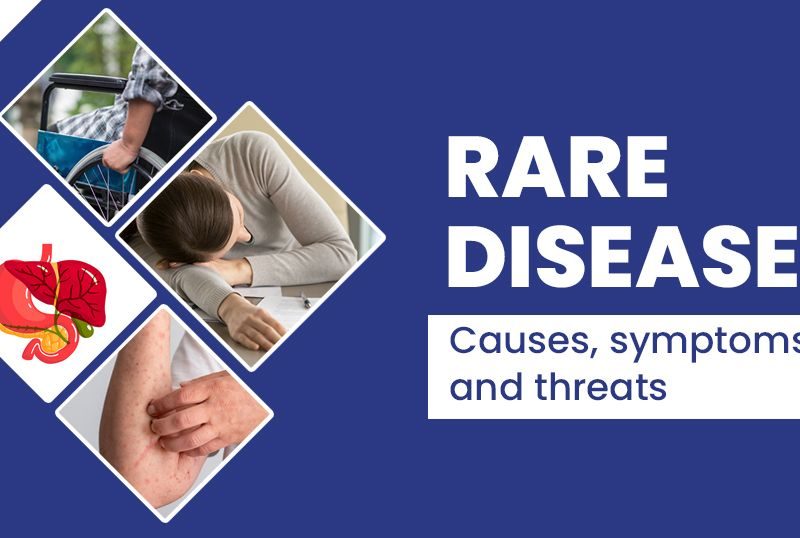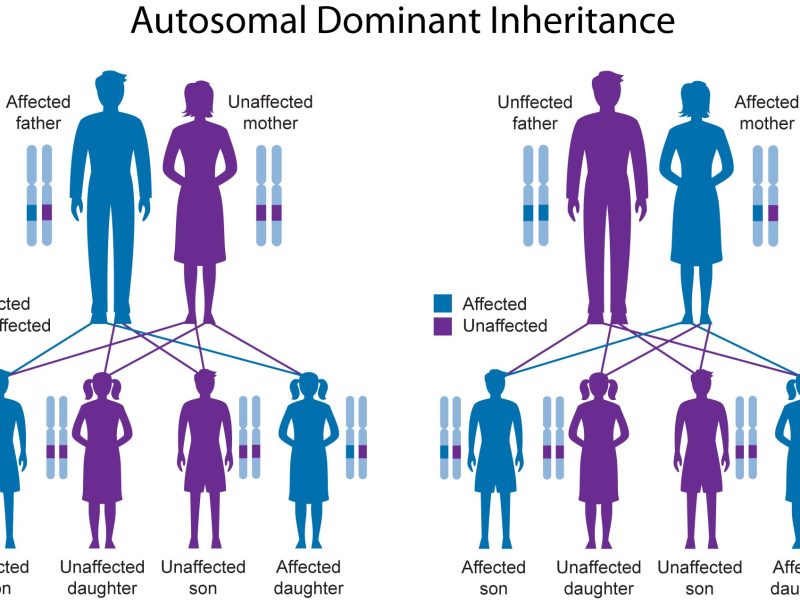How massage and diet can help with osteoarthritis
For many people the world falls apart when they get the diagnosis of osteoarthritis. Painful joints and limited mobility for the rest of life are not rosy prospects. But nowadays you do not have to accept these problems without further ado.
The symptoms can be alleviated with medication, the right diet, exercise and aids such as massages. In some cases, the joints can even be partially regenerated.
What is osteoarthritis exactly?
Osteoarthritis refers to the wear and tear or. Wear and tear of the joints. This generally occurs as a result of many years of overuse, incorrect use or injuries to various parts of the body and is the most common joint disease worldwide.
In Germany, one in two women and one in three men over the age of 60 are affected.
Worn joint cartilage, meniscus or missing joint fluids cause the bones to rub against each other, resulting in inflammation, pain and limited mobility.
Affected persons can sometimes only move with great pain and in many cases try to spare the body parts.
In general, this is a degenerative disease in which the joints become increasingly worn over time and cause increasing pain if nothing is done about it.
The right diet for osteoarthritis
Nutrition is the be-all and end-all for joint diseases. To provide support specifically for osteoarthritis, the diet must offer two things.
On the one hand, the pain should be relieved. These are often caused by inflammation at heavily worn joint sites.
At the same time, however, the body should be supplied with sufficient nutrients that are needed for the formation of new joint components such as cartilage or synovial fluid.
Only in this way can the wear and tear be reduced and possibly even regenerated.
Many nutrients and also foods are known in science to be promising for nutrition in osteoarthritis.
Foods such as garlic, turmeric or even olive oil have ingredients that have an anti-inflammatory effect and can combat the cause of pain.
Sulforaphran from broccoli can protect cartilage and counteract further damage. Also with the additions a certain variation is worthwhile to rice, noodles or potatoes.
Pseudocereals such as amaranth and quinoa have large amounts of important minerals such as calcium and magnesium for bone health.
If you want to be on the safe side, you can supplement your diet with nutritional supplements from manufacturers such as BodyFokus.
These generally contain the most important nutrients for joints and bones and additionally extracts of various medicinal plants that have been studied for their effect on osteoarthritis and joint pain.
Massage and exercise
Even if the intuitive reaction in the case of osteoarthritis is to keep the joint as still as possible, the adage „ applies here;He who rests, rusts„.
If the joint is not sufficiently moved, this only leads to further stiffening. Sufferers often notice this when they sleep, when they find it difficult to get the body moving in the morning.
Since the joint components are poorly supplied with blood, they must be moved sufficiently so that the nutrients from the food can reach them at all.
Of course, movements should be very controlled and gentle. Especially guided physiotherapy or water gymnastics are very helpful here.
Physiotherapy and massage by trained personnel can also help to alleviate many complaints.
Although the joints are usually not the main focus of a massage, but just variants such as a gentle Thai massage are gentle and loosening for the joints when properly executed.
The muscles around the affected areas can also be massaged to relieve tension and to be able to adequately support the joints in the future.
Massage also stimulates blood flow to the area of the body, promoting the supply of important nutrients.


